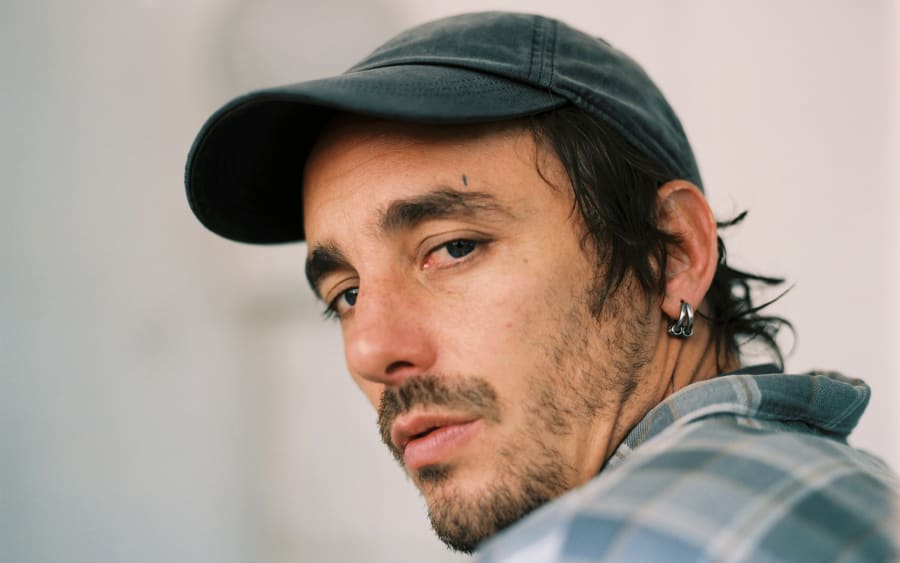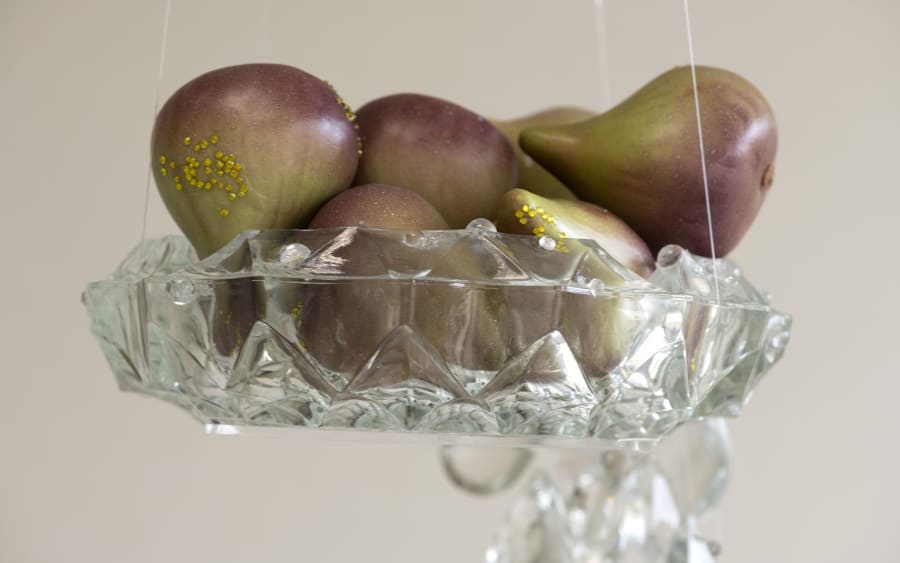植物界以其無窮無盡的物種、千變萬化的形態和獨特的生命週期,自攝影誕生之初便成為攝影師取之不盡的靈感源泉。19世紀末卡爾.布洛斯菲爾德(Karl Blossfeldt)所創作的植物特寫作品已成為藝術家們的基準。今年,歐洲攝影之家(Maison Européenne de la Photographie,MEP)舉辦群展「Science/Fiction – A Non-History of Plants」,彙集了自攝影誕生之初至今超過40位藝術家的傑作。展覽呈現了攝影師在技術進步的推動下,通過影片、藍曬法、拼貼和陶瓷等多種媒介,探索植物王國奧秘的多元創作方式。以下是五位不容錯過的藝術家。
Elspeth Diederix
大多數攝影師通常扮演細緻觀察者的角色,而Elspeth Diederix就將自己的花園化為視覺實踐的舞台。這位熱衷於植物的園藝藝術家於2018年在阿姆斯特丹創建了「The Miracle Garden」,在這個由當地居民維護的公共空間中精心培育了眾多花卉與植物。Diederix通過一系列特寫紀錄這個露天珍品展覽室,捕捉植物的曲線、褶皺、肌理以及其鮮豔的色彩,賦予植物親近而富有情感的光影之美。在她的鏡頭下,風鈴草的花朵宛如口中吐舌,蔥屬植物和火炬花的莖稈則如煙花般絢爛綻放。
Gohar Dashti
疫情染讓所有人深刻意識到,當人類離開某個地方後,大自然會重新接管,而速度之快超乎想像。這一點在Gohar Dashti的攝影作品中表現得尤為明顯:罌粟田、苔蘚地和成簇的冷杉入侵廢棄建築,並以驚人的速度繁衍蔓延。這些畫面既讓人感到慰藉,又帶有威脅性,前景中茂盛的植物肆意生長,遮蔽了陳舊的建築,隱喻著自然界的勝利。與這位伊朗攝影師的大多數作品一樣,這一系列影像講述了時間的流逝以及人類破壞(尤其是兩伊戰爭)所留下的痕跡,而自然似乎總能在其中頑強生存。
Almudena Romero
植物是否具備表達能力?它們能否成為藝術家?西班牙藝術家 Almudena Romero多年來一直在探討這些議題,挑戰人類主宰自然的觀念。Romero創建了一個虛擬「植物藝術博物館」,在其中展示各種圖像,以此頌揚植物世界的主體性與創造力,比如光漂白和光合作用等自然現象帶來的色彩和質感的變化。她結合了古老與現代的技法,創作出讓觀眾沉浸其中的影像,彷彿植物在畫面中煥發出勃勃生機。
Miljohn Ruperto和Ulrik Heltoft
地球上仍有大量尚未被識別的植物品種。15世紀的《伏尼契手稿》(Voynich manuscript)充滿著神秘的插圖,見證了人類對這片未知領域的長久迷戀。這部歷史典籍包含數十種從未被證實存在的植物物種插圖,啟發了攝影師Miljohn Ruperto和Ulrik Heltoft為這些植物賦予生命。他們通過電腦拼接現有植物的碎片並進行3D建模,創造出混合而成的花卉和草本,其中某些部分因球莖、根系或花瓣的熟悉形態而可辨認。作品以黑白形式在深色背景中呈現,這些極度像真卻完全虛構的奇花異草戲謔地挑戰了植物學知識權威及其經典表現模式。在MEP的同一展廳,Joan Fontcuberta的作品也在展出,呈現一個由完全虛構物種組成的超大型植物標本集,兩場展覽相得益彰,交相輝映。
「Science/Fiction – A Non-History of Plants」展覽於巴黎歐洲攝影之家(European House of Photography)舉行,展期至2025年1月19日。
本文作者Matthieu Jacquet是一名為《Number》、《ArtNumber》和《Gesture/s》撰稿的記者和藝評人。
頁頂圖片標題:Karl Blossfeldt,《Delphinium. Rittersporn》,1920-1929,圖片由Galerie Berinson;為排班需要,圖片經後期處理為三聯畫
2024年11月22日發佈


